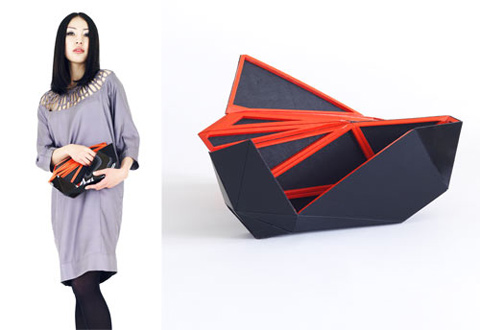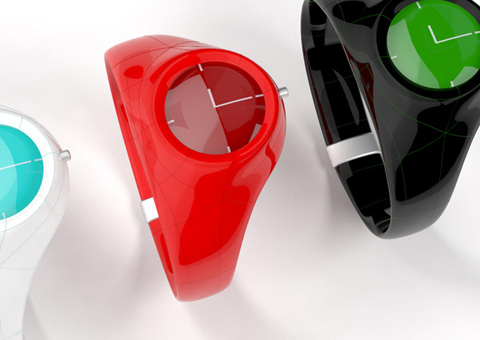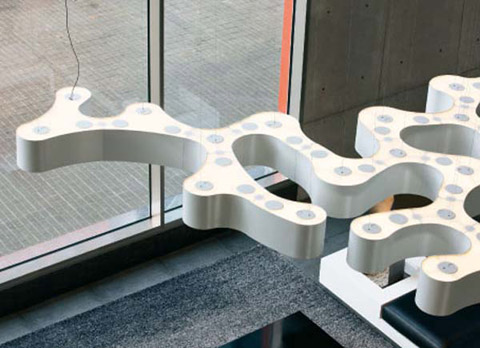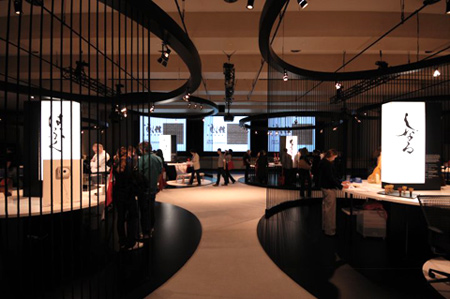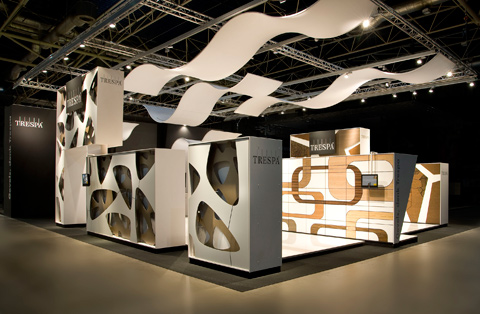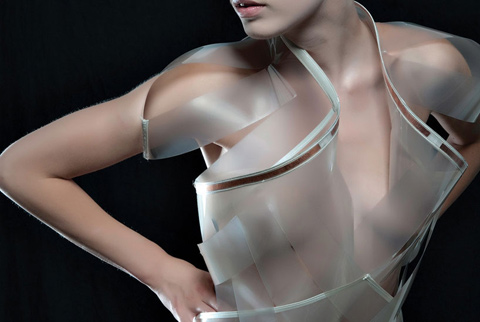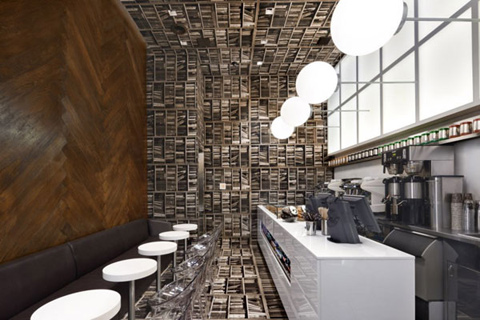





Designer Naoki Kawamoto presented Orishiki, a collection of accesories based in the Japanese arts of Origami and Furoshiki, at DesignTide Tokyo 2010.
“Orishiki†is a hybrid word composed of “Ori,†taken from Origami, Japanese paper-folding art, and “Shiki†taken from Furoshiki, Japanese traditional wrapping cloth which is large enough to wrap and transport goods and gifts, as well as wearing them as scarves. “Orishiki†is a new carrying device consisting of a single piece of two dimensional structure, constructed of triangular segments which can be folded like origami, and can wrap things like furoshiki. The geometric bag is not only idiosyncratic in its appearance but also in its highly specialized production process. The unique process can be applied to just about any productions without losing its unique product identity.

